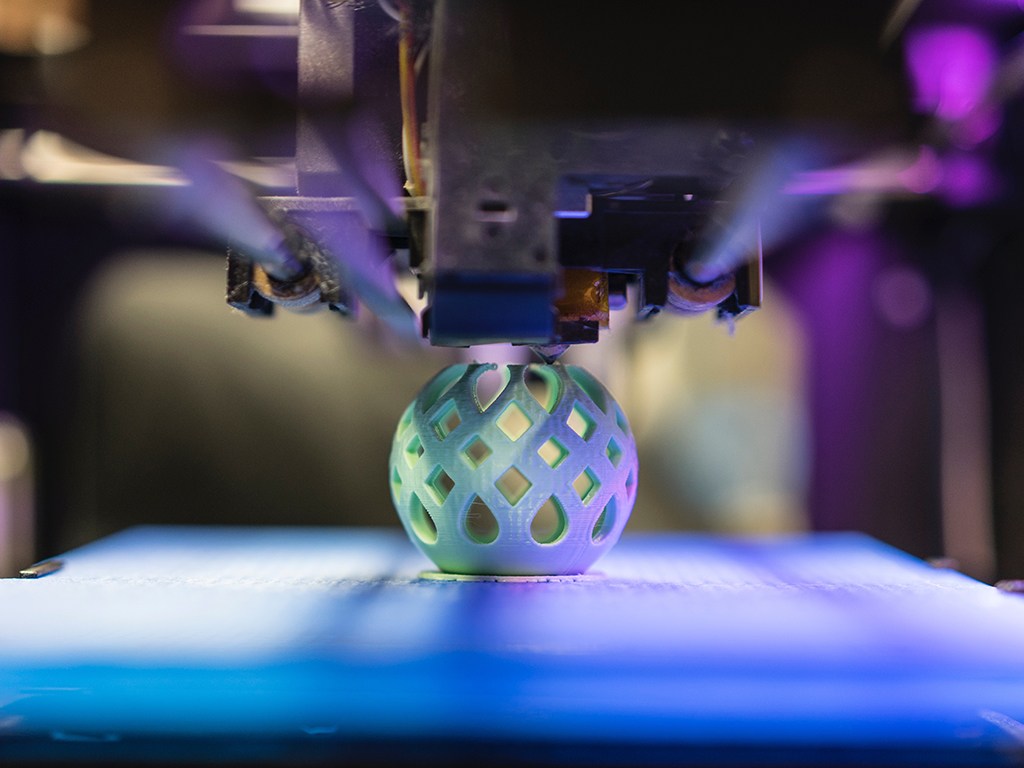New technology puts manufacturing in consumers’ hands
Emerging technology is bringing manufacturing closer to the consumer who is influencing how businesses adapt like never before

A 3D printer making a plastic bowl. 3D printing is a major force in the manufacturing revolution
Manufacturing has come full circle. Prior to the industrial revolution, hand tools and basic machines were used to carry out manufacturing processes in people’s homes. The shift towards a centralised industry saw the rise of factories and special-purpose machinery, bringing with them a wealth of socioeconomic changes. This period was fuelled by the rise of the consumer and their increased demand for global commodities, which could suddenly be produced on a mass scale. Today’s technology is driving the market towards a new era, one where manufacturing is moving increasingly further from big companies and back into the hands of the consumer. This devolution of power is providing individuals with more control and their influence is encouraging businesses to adopt a more consumer central model of approach.
3D printing is a driving force in this decentralised revolution
Real-time has become the norm within a consumer market that wants it all. In today’s ever growing industry people don’t have time to wait for a delivery, nor patience to wait to a specific part to be ordered and technology has risen impressively to the challenge of bringing manufacturing directly to consumers. The development of social media has allowed businesses to gauge consumer expectations and reactions to a product, but also enabled consumers to drive its demand and popularity. Rather than simply consuming products, individuals are becoming brand advocates and businesses are increasingly starting to pay attention to their buying influence in order to boost innovation and profits.
3D printing is a driving force in this decentralised revolution, with the capability of printing anything from a smartphone cover to a new house, with revenues expected to grow to $12.8bn in 2018 and exceed $21bn by 2020. This groundbreaking device has brought manufacturing right back to where it first started: in people’s homes, and this has not gone unnoticed by the business world. Amazon recently filed a patent for Mobile 3D printing delivery trucks which would allow an STL file to be sent to a mobile unit complete with instructions to print the ordered item. At present, this is being considered for mobile warehouse units but it is a concept that can be brought into households with a 3D printer.
Utility companies are also starting to adopt a decentralised approach through the rise of a distributed generation. With the outdated electric power grid model becoming increasingly vulnerable to attacks and failures, solar power and renewable energy sources are on the rise. More and more households are finding it possible to store energy within their homes, cutting out the need for utility businesses. In a recently published report, Morgan Stanley has predicted that this rise of renewable energy sources will see businesses and consumers pull the plug on their energy providers. The Economist Technology Quarterly stated: “The technology exists to enable a radical overhaul of the way in which energy is generated, distributed and consumed – an overhaul whose impact on the energy industry could match the internet’s impact on communications.”
Companies are now looking for ways to combine this emerging technology with Germany’s E.ON announcing a split, with one portion of the business focusing solely on distribution networks and the other prioritising conventional generation. Germany is leading the distributed energy drive with companies such as Sonnenbatterie, Next Kraftwerke and Tounicos rapidly changing their business models to meet the expectations of their customers.
Consumer demand has always played a role in the way businesses are run and as history has shown, those that don’t take heed, fall apart. One only needs to look to HMV and Blockbuster, once giants within the entertainment industry who failed to adapt to the growing online market and suffered as a result, to see that consumers have far more influence than ever before. The decentralised revolution is fuelled by the rapid progression of the social web and changing consumer expectations and businesses that best utilise the emerging decentralised market will stay ahead of the competition. With every blogger and social media participant now playing a fundamental role in the success of a product, the shift from consumer to prosumer needs to be met by companies ready to evolve alongside their customers.













